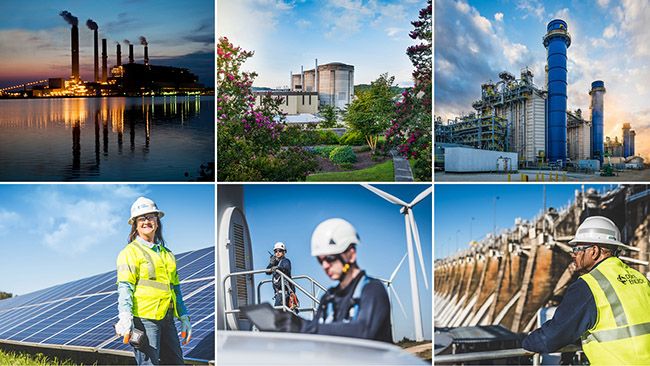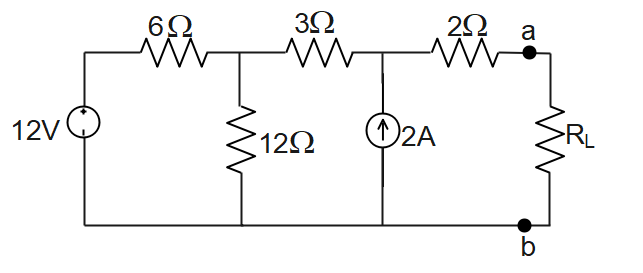news
AC-DC Converter: Converting Alternating Current to Direct Current
Author: ZYG Power Module Time: 2023-4-14
An AC-DC converter, also known as a rectifier, is an electronic device that is used to convert alternating current (AC) to direct current (DC). It is an essential component in many electronic devices, as most devices require DC voltage to operate.
The process of converting AC to DC involves the use of diodes, which are electronic devices that allow current to flow in only one direction. The AC voltage is fed into the input of the converter, which contains a series of diodes that are arranged in a specific configuration. This configuration determines the voltage and current characteristics of the output DC voltage.
The simplest form of an AC-DC converter is a half-wave rectifier, which consists of a single diode and a load resistor. The diode is connected in series with the load resistor and the AC voltage source. During the positive half of the AC cycle, the diode conducts current and allows it to flow through the load resistor. During the negative half of the cycle, the diode blocks the current flow, and the load resistor receives no current.

While half-wave rectifiers are simple and inexpensive to produce, they are not as efficient as full-wave rectifiers. Full-wave rectifiers use four diodes arranged in a bridge configuration, which allows for both halves of the AC cycle to be rectified. This results in a DC voltage that is nearly twice as high as that produced by a half-wave rectifier.
Another type of rectifier is the voltage doubler, which is used when a higher DC voltage is required than what is produced by a full-wave rectifier. The voltage doubler uses two capacitors and two diodes to double the output voltage of the rectifier.
In addition to rectifiers, AC-DC converters can be designed with additional circuitry to regulate the output voltage. This is commonly done using voltage regulators, which are electronic devices that maintain a constant output voltage despite variations in the input voltage or load current.
In conclusion, AC-DC converters are important components in many electronic devices, as they are used to convert the AC voltage from a power source to the DC voltage required by most electronic devices. There are several types of rectifiers, each with its own advantages and disadvantages. By understanding how AC-DC converters work, electronic designers can select the appropriate rectifier for their specific application.

relevant information
-
2023-4-21
AC-DC Power Supply: A Reliable Source of Electrical Power
An AC-DC power supply is a device that converts alternating current (AC) into direct current (DC) in order to provide a reliable and stable source of electrical power. This type of power supply is commonly used in electronic devices, ranging from small battery-operated devices to large industrial equipment. The main advantage of an AC-DC power supply is its ability to provide a constant and stable source of DC power, regardless of the fluctuations in the AC input voltage. This is achieved through the use of rectifiers and voltage regulators, which convert the AC voltage to DC and regulate the output voltage respectively. There are various types of AC-DC power supplies available in the market, including linear power supplies, switch-mode power...
View details -
2023-4-25
AC-DC Power Supply: Providing Reliable and Efficient Power Conversion
AC-DC power supply is an essential component in many electronic devices, providing reliable and efficient power conversion from the alternating current (AC) mains power to the direct current (DC) power required by the device. As the demand for electronic devices continues to rise, the importance of AC-DC power supplies in the electronics industry is increasing. One of the main advantages of AC-DC power supplies is their ability to convert AC power to DC power, which is required by most electronic devices. This enables devices to operate efficiently and reliably, as the voltage and current levels are controlled and maintained within safe limits. AC-DC power supplies are also highly efficient, with some models achieving conversion efficiencies of up to 95%. This...
View details -
2023-6-13
Efficient AC DC Power Supply with PFC Technology
Power supply technology has come a long way since the early days of electronics. One of the biggest advancements in power supply technology has been the development of Power Factor Correction (PFC) technology. PFC technology has revolutionized the way that power is delivered to electronic devices, making power supplies more efficient, reliable, and cost-effective. In this article, we will discuss how PFC technology works and how it has improved the efficiency of AC DC power supplies. What is PFC Technology? Power Factor Correction technology is a method of correcting the power factor in an AC circuit. The power factor is a ratio of the real power (watts) to the apparent power (volt-amperes) of a circuit, and it indicates how efficient...
View details -
2023-7-11
Exploring the Efficiency and Performance of Bidirectional DC-DC Converters
Introduction: Bidirectional DC-DC converters have gained significant attention in recent years due to their ability to efficiently transfer power bidirectionally between two different DC voltage sources. These converters are crucial in various applications, including renewable energy systems, electric vehicles, and energy storage systems. This article aims to explore the efficiency and performance of bidirectional DC-DC converters, shedding light on their advantages, challenges, and potential improvements. 1. Working Principle of Bidirectional DC-DC Converters: Bidirectional DC-DC converters, also known as buck-boost converters, use power semiconductors to convert DC voltage from a source to a desired voltage level. These converters can work in both step-up (boost) and step-down (buck) modes, allowing power to flow in either direction. By employing appropriate control algorithms, bidirectional...
View details -
2023-6-18
DPX Series DC-DC Converter: Efficient and Reliable Power Conversion Solution
The DPX Series DC-DC Converter is an innovative power conversion solution that combines efficiency and reliability. This converter is designed to provide a stable and regulated output voltage, making it ideal for use in a variety of applications, including telecommunications, industrial automation, and renewable energy systems. Efficiency is a key feature of the DPX Series DC-DC Converter. With its state-of-the-art design and advanced control algorithms, this converter can achieve conversion efficiencies of up to 98%. This means that the converter wastes very little energy, resulting in lower operating costs and reduced environmental impact. Another important feature of the DPX Series DC-DC Converter is its high reliability. This converter is designed to operate in harsh environments, with a wide operating temperature...
View details -
2024-9-23
New energy high-voltage power supply: the core driving force of green transformation
With the growing global awareness of sustainable development and environmental protection, the new energy industry is booming at an unprecedented pace as a key force for promoting the green transformation of the future economy and society. In this wave, high-voltage power supply technology, as one of the core components of the new energy system, is becoming increasingly important. In this article, the definition, technical characteristics, application areas and future development trends of new energy high-voltage power supply are discussed in detail. 1. Definition of New Energy High Voltage Power Supply In short, new energy high voltage power supply refers to power supply equipment designed for the new energy field, which can output high voltage and high current. This type of...
View details


















